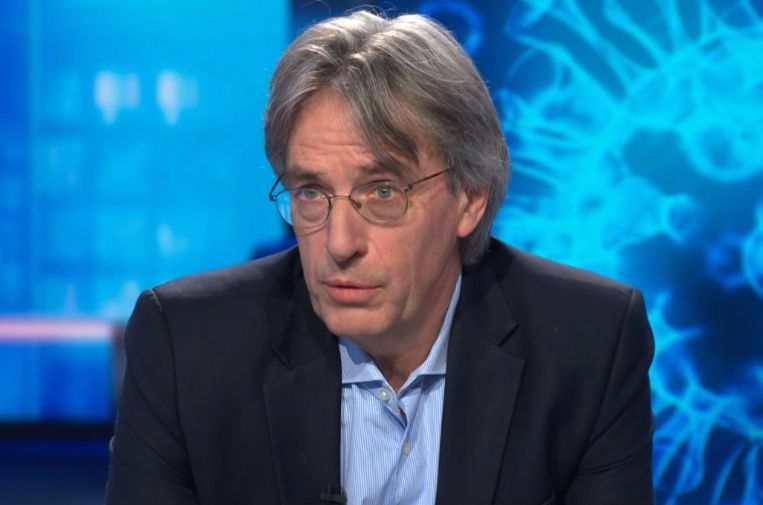Federal health minister Maggie De Block has clashed on Twitter with microbiologist Professor Herman Goossens of the university of Antwerp, over the subject of whether the graph of coronavirus cases is beginning to flatten.
If so, that would mean that the numbers, though still increasing, would be doing so at a less rapid rate. It would also indicate that the measures that have been taken already to slow the spread of the virus are having the intended effect.
Speaking on the news programme De Zevende Dag, Goossens admitted the question was not within his area of expertise, but pointed to one group that does know.
“For me there is only one group who can make that prediction,” he said. And he named the study group of Dr Niels Hens of the university of Hasselt, where he is a lecturer in bio-statistics.
“He has been busy for years with that sort of statistics, and he’s is almost 100% certain that the curve is flattening off. But he also points out that it is very important to keep on observing the measures taken. If not, the curve would again begin to grow exponentially.”
The current thinking on social distancing is as follows:
If one person is infected and takes in precautions, then five days later they will have passed the virus on to 2.5 people, and by the end of 30 days 406 people will be infected – all traced back to that single source.
If people are 50% less exposed to others, however, one infected person will have passed the virus on to only 1.25 people after five days, and 15 people will have been infected.
With 75% less exposure, the five-day number is 0.625, and the 30-day number 2.5.
Maggie De Block, however, took to Twitter to describe Goossens’ statement as “irresponsible".
“Premature announcements like this are irresponsible and very dangerous,” she write. “Now more than ever it is important to keep on track and continue. The virus is not yet defeated!”
It is too early yet to see the results of 30 days of the protective measures, but we can see the difference between the first day of implementation on March 14, when there were 849 cases confirmed since the beginning, and five days later, when there were 2,096 – just under 2.5 times more, as predicted by the 50% exposure model.
Alan Hope
The Brussels Times

